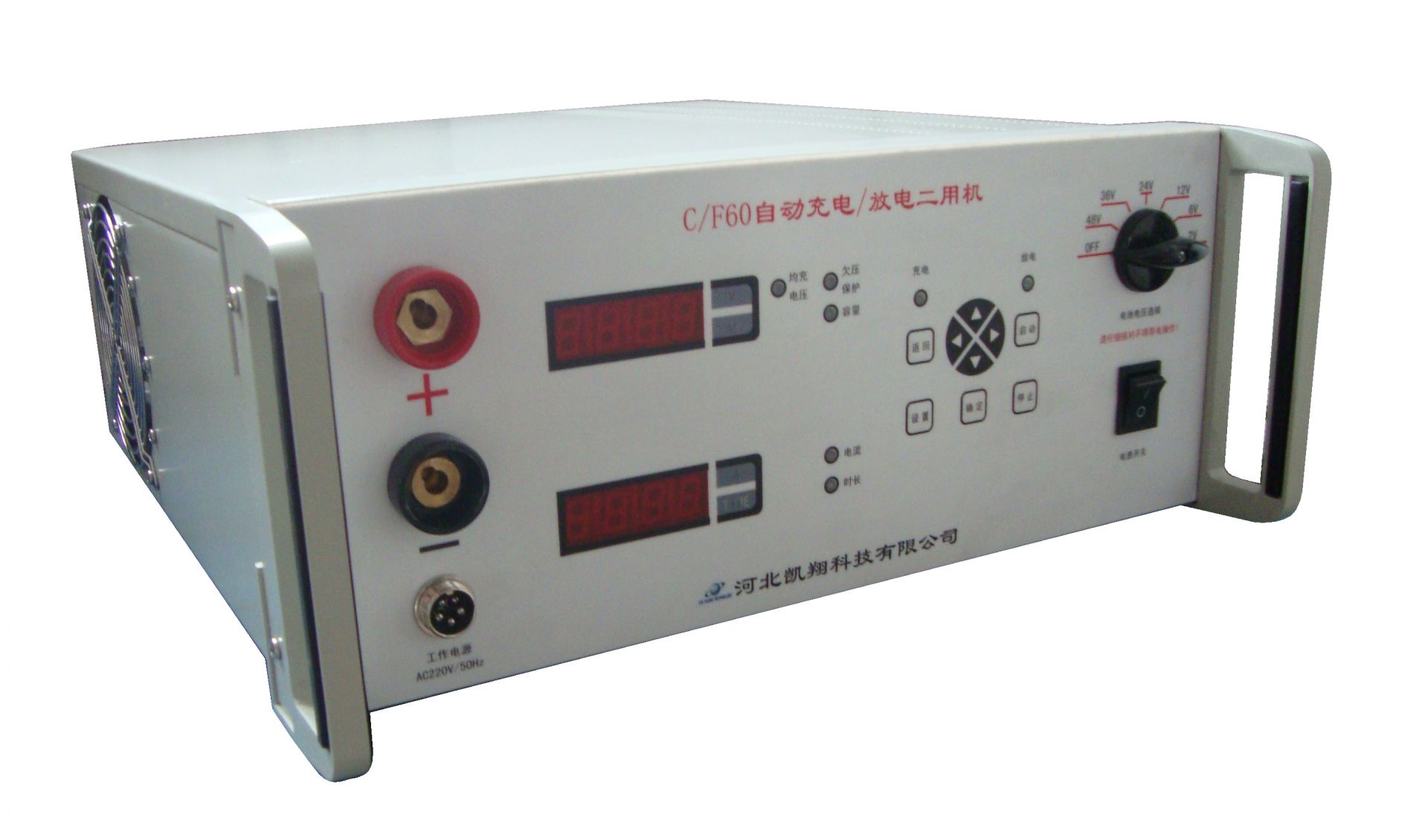Environmental Requirements for DC Load Bank Operation
Time:2024-07-13
As a crucial testing equipment in power systems, the DC Load Bank has stringent operational environment requirements. Proper environmental conditions ensure stable performance, accurate measurements, and extended service life of the load bank. The following article details the environmental requirements for DC Load Bank operation, including temperature, humidity, altitude, dust prevention, corrosion resistance, electromagnetic interference (EMI) resistance, and power supply.
Temperature Requirements
The operating temperature of the DC Load Bank should be maintained within an appropriate range to prevent excessive heat or cold from affecting its performance. Typically, the operating temperature range is -10°C to 50°C, but the optimal working temperature range is recommended to be 15°C to 25°C. This temperature range ensures the normal functioning of internal components and prevents overheating that could lead to performance degradation or damage.
Humidity Requirements
Humidity also significantly impacts the operation of the load bank. Excessive humidity can cause condensation inside the equipment, potentially leading to circuit shortages. Therefore, the operating humidity of the DC Load Bank should be controlled within a certain range, generally recommended as 50% to 80% relative humidity (at 25°C). Maintaining an appropriate humidity environment helps prevent moisture damage and ensures long-term stable operation.
Altitude Requirements
In high-altitude areas, the air is thinner, and oxygen levels are lower, which can affect the heat dissipation and normal operation of the load bank. Therefore, when selecting a DC Load Bank, its altitude adaptability range should be considered. Generally, the load bank should be able to operate normally at altitudes below 1500 meters. For use in higher altitudes, a more adaptable product should be selected.
Dust Prevention Requirements
Dust can adversely affect the heat dissipation and circuitry of the load bank, potentially causing short circuits or other failures. Therefore, the operating environment should minimize dust levels and maintain cleanliness. When using the DC Load Bank, ensure that the surrounding environment is clean and prevent dust from entering the equipment. Regular cleaning and maintenance of the equipment are also crucial to ensuring its normal operation.
Corrosion Resistance Requirements
In coastal or industrial areas with corrosive environments, the load bank should possess a certain level of corrosion resistance to withstand harsh conditions. Corrosion prevention measures may include the use of corrosion-resistant materials, surface coatings with anti-corrosion properties, etc. These measures effectively prevent chemical corrosion and extend the equipment's service life.
EMI Resistance Requirements
The operating environment of the DC Load Bank may contain numerous EMI sources, such as transformers and motors, generating electromagnetic noise. Therefore, the load bank must possess a certain level of EMI resistance to ensure its normal operation and stability. During design and manufacturing, effective electromagnetic shielding measures should be taken to reduce the impact of EMI on equipment performance.
Power Supply Requirements
The DC Load Bank requires a stable power supply to ensure normal operation and control accuracy. The power frequency is typically 50Hz, and the rated voltage and current should comply with the equipment specifications. In some cases, backup power equipment such as UPS may be required to cope with sudden power failures, ensuring the continuity and safety of the testing process.
Conclusion
The environmental requirements for DC Load Bank operation encompass various aspects, including temperature, humidity, altitude, dust prevention, corrosion resistance, EMI resistance, and power supply. Only by operating the load bank in an environment that meets these requirements can we ensure its stable performance, accurate measurements, and extended service life. Therefore, when using a DC Load Bank, we should fully consider its operating environment and take corresponding measures for protection and maintenance.
News Recommendation
-
 2024-09-11
2024-09-11TRIUMPH LOAD EXHIBITING AT Enlit Europe 2024 -BOOTH 7.H08
-
 2023-04-21
2023-04-21TRIUMPH LOAD EXHIBITING AT DATA CENTER WORLD GERMANY 2023-BOOTH F909
-
 2023-04-06
2023-04-06TRIUMPH LOAD EXHIBITING AT ELECTRIC POWER TECH KOREA 2023 – Booth G109
-
 2022-05-05
2022-05-05What is the role of ac load bank for power supply?
-
 2022-05-05
2022-05-05What is the role of the load bank?


